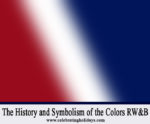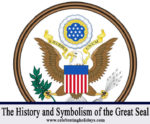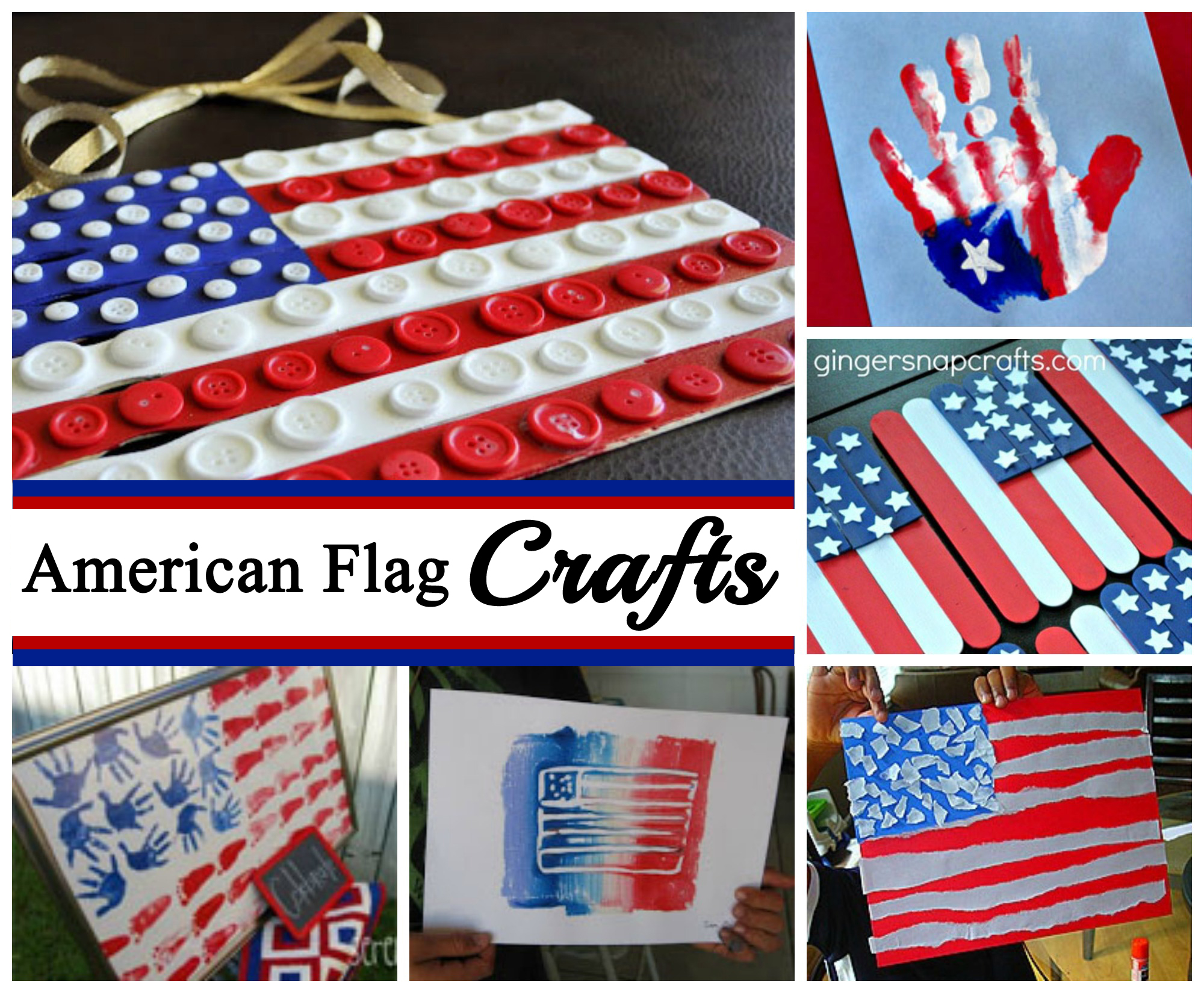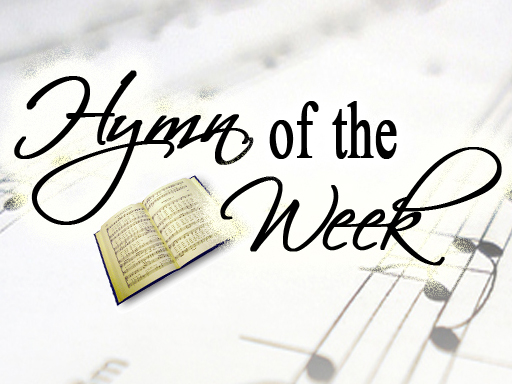American Flag
“A thoughtful mind when it sees a nation’s flag, sees not the flag, but the nation itself. And whatever may be its symbols, its insignia, he reads chiefly in the flag, the government, the principles, the truths, the history that belongs to the nation that sets it forth. The American flag has been a symbol of Liberty and men rejoiced in it.”
— Henry Ward Beecher

The information below explains how the design of the American flag developed over time . . .
 Early American Flags
Early American Flags
From the time of the earliest American settlements, it was common for colonists to create their own flags. According to the congressional document, Our Flag:
“The first flags adopted by our colonial forebearers were symbolic of their struggles with the wilderness of the new land. Beavers, pine trees, rattlesnakes, anchors, and various other insignia were affixed to different banners with mottoes such as ‘Hope,’ ‘Liberty,’ [and] ‘Appeal to Heaven.’”
As a spirit of independence (and resentment toward Britian) grew among colonists, flags with a rattlesnake theme gained increasing popularity, as did the slogan “Don’t Tread on Me.” In December of 1775, an anonymous correspondent wrote to Bradford’s Pennsylvania Journal about the symbolic use of the snake:
“I recollected that her eye excelled in brightness that of any other animal, and that she has no eye-lids. She may, therefore, be esteemed am emblem of vigilance. She never begins an attack, nor, when once engaged, ever surrenders. She is therefore, an emblem of magnanimity and true courage.”
 The Grand Union
The Grand Union
The first flag of the colonists to resemble the present Stars and Stripes was the Grand Union Flag. It consisted of 13 stripes, alternating red and white, that represented the Thirteen Colonies. The union (the upper left-hand corner of the flag) was modeled after the British flag – a blue field bearing the red cross of St. George of England and the white cross of St. Andrew of Scotland.
The Grand Union was the unofficial national flag to fly on the first July 4th of 1776, and it served as the ensign of the Navy until June 14, 1777 when the Continental Congress authorized the Stars and Stripes.
 The First Official Flag
The First Official Flag
Recognizing the need for an official flag, on June 14, 1777 (the day we now celebrate as Flag Day), Congress wrote:
“Resolved, that the flag of the United States be thirteen stripes, alternate red and white; that the union be thirteen stars, white in a blue field, representing a new constellation.”
Since Congress did not specify how to arrange the stars, or how many points the stars should have, some flags positioned the stars in a circle, while others scattered them or placed them in rows. Some stars had five points, while others had six or eight.
It does not appear that Congress made any intentional effort to choose colors for the flag that were symbolic in meaning but rather retained the colors of the country of which they had been citizens for so many years — Britain. However, when the Great Seal of the United States was established five years later (in 1782), Congress did assign meaning to the colors of red, white and blue.
When reporting to Congress on the Seal, Charles Thompson, Secretary of the Continental Congress, stated, “White signifies purity and innocence, Red, hardiness and valour, and Blue . . . vigilance, perseverance and justice.”
 Betsy Ross Flag
Betsy Ross Flag
Several patriots are known to have made flags during the Revolutionary War. Among them were Cornelia Bridges, Betsy Ross, and Rebecca Young (all of Pennsylvania) and John Shaw (of Annapolis, Maryland). According to the congressional document Our Flag:
“Although Betsy Ross, the best known of these persons, made flags for 50 years, there is no proof that she made the first Stars and Stripes. It is known that she made flags for the Pennsylvania State Navy in 1777.”
Many historians are hesitant to validate the Betsy Ross claim, because it relies on oral tradition and is difficult to substantiate. The earliest formal claim was made in 1870 by one of her grandsons, William J. Canby. At a meeting of the Historical Society of Pennsylvania, Canby stated:
“It is not tradition, it is report from the lips of the principal participator [Betsy Ross] in the transaction, directly told not to one or two, but a dozen or more living witnesses, of which I myself am one, though but a little boy when I heard it. … Colonel Ross [the uncle of Betsy’s late husband] with Robert Morris and General Washington, called on Mrs. Ross and told her they were a committee of Congress, and wanted her to make a flag from the drawing, a rough one, which, upon her suggestions, was redrawn by General Washington in pencil in her back parlor. This was prior to the Declaration of Independence. I fix the date to be during Washington’s visit to Congress from New York in June, 1776 when he came to confer upon the affairs of the Army, the flag being no doubt, one of these affairs” (Our Flag, p. 2).
An interesting and detailed historical analysis of this claim can be found at ushistory.org. The author concludes the following:
“Historians, to their credit, always want source documentation. The oral history testimony of . . . family members recount Betsy’s story, and historically the dates and circumstances remain unrefuted. Evaluating the circumstantial evidence also supports her story . . . . We find that the evidence supports Betsy Ross as the maker of the first flag.”
 The Star Spangled Banner
The Star Spangled Banner
In 1795, the number of stars and stripes on the flag was increased from 13 to 15 to reflect the addition of 2 new states in the Union – Vermont (1791) and Kentucky (1792). It was this 15 star, 15 stripe flag that inspired Francis Scott Key to write “The Star Spangled Banner” during the War of 1812 at Fort McHenry.
By 1818, Congress realized that the growing number of states in the Union was going to clutter the flag, so they determined that a new star would be added when a new state was added, but the number of stripes would be reduced back to 13 (to honor the original colonies that fought for Independence). Congress specified that each new flag design would become official on the first July 4th following the admission of the new state (or states) to the Union.
 The Stars and Stripes
The Stars and Stripes
On August 21, 1959, President Eisenhower proclaimed Hawaii the 50th state of the Union and ordered a new arrangement for the stars on the flag – 5 rows with 6 stars and 4 rows with 5 stars. This new flag, the same one that we fly today, was first raised at Fort McHenry on July 4, 1960. Recall that this is the place where Francis Scott Key was inspired to write “The Star Spangled Banner” during the War of 1812.
The Pledge of Allegiance
The Pledge of Allegiance that we so intimately associate with the flag was actually written in 1892 to be recited by school children for a Columbus day celebration. Since that time, The Pledge is now recited every day in both public and private schools across the country. It has been modified four times since its inception, and the words “under God” were added in 1954 in response to the encouragement of Christian leaders. President Eisenhower commented on this addition saying:
“In this way we are reaffirming the transcendence of religious faith in America’s heritage and future; in this way we shall constantly strengthen those spiritual weapons which forever will be our country’s most powerful resource, in peace or in war” (Speech on June 14, 1954).
Additional Resources:
US Flag.org: A great user-friendly site that is maintained by the Independence Hall Association, a non-profit group that helps to educate the public about the Revolutionary and Colonial eras of American history.
Our Flag: This link will open a file of a congressional document. Most of the information on this page is drawn from this official document.
GPO.gov: The is the page of the Government Printing Office on rules and conduct related to the flag.
Did You Know?
Did you know that the study of the history and symbolism of flags is known as Vexillology? It comes from the Latin word Vexillum which means a square flag or banner.
This page was created by:

Back to main July 4th Symbols page.
We welcome your ideas! If you have suggestions on how to improve this page, please contact us.
You may freely use this content if you cite the source and/or link back to this page.






